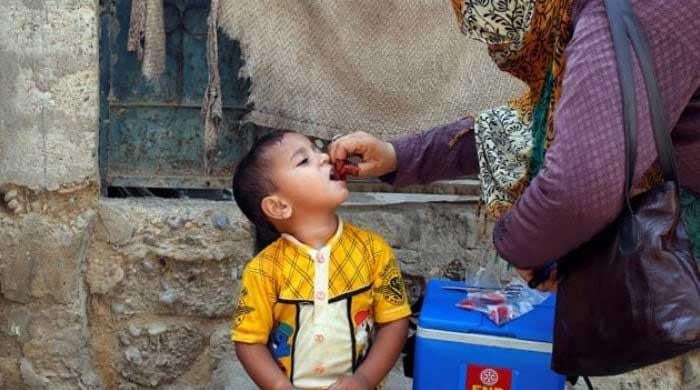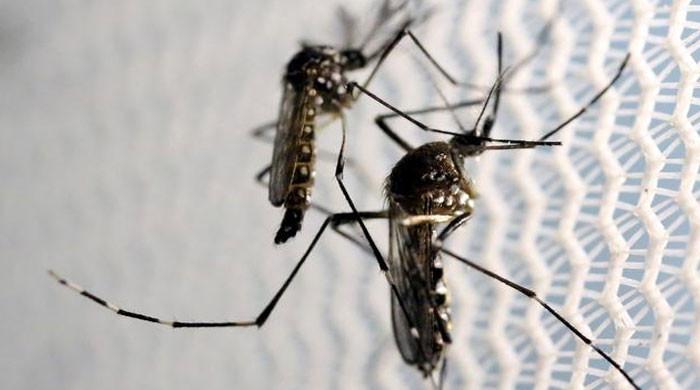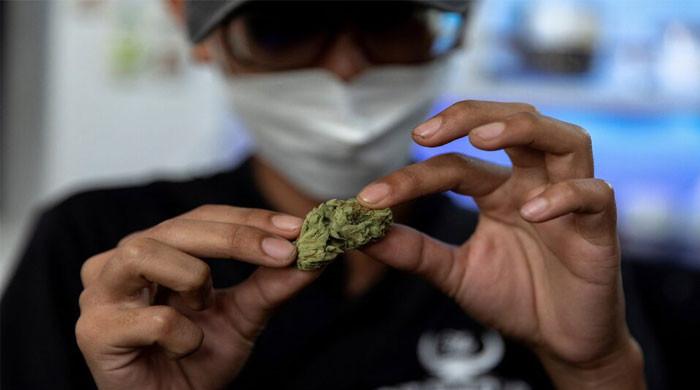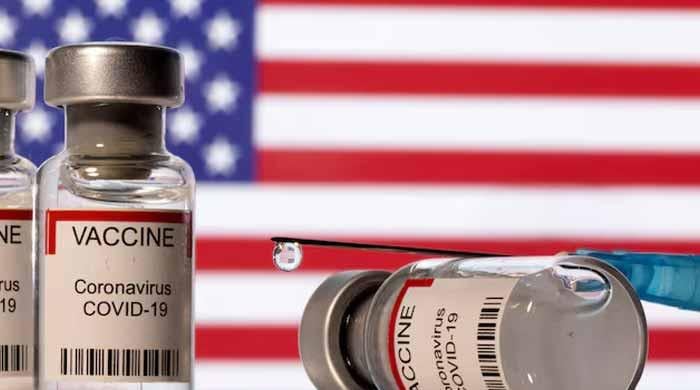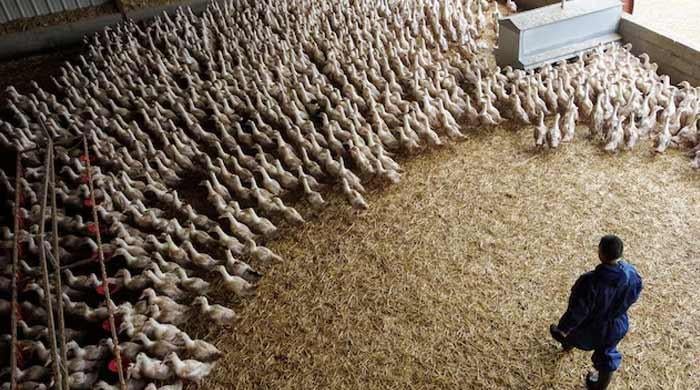Vampire bat rabies bleeds Peru's Andean farmers dry
While 90 percent of reported rabies cases were in cattle, the hand-sized bats also bite pigs, sheep and even alpacas
December 22, 2017
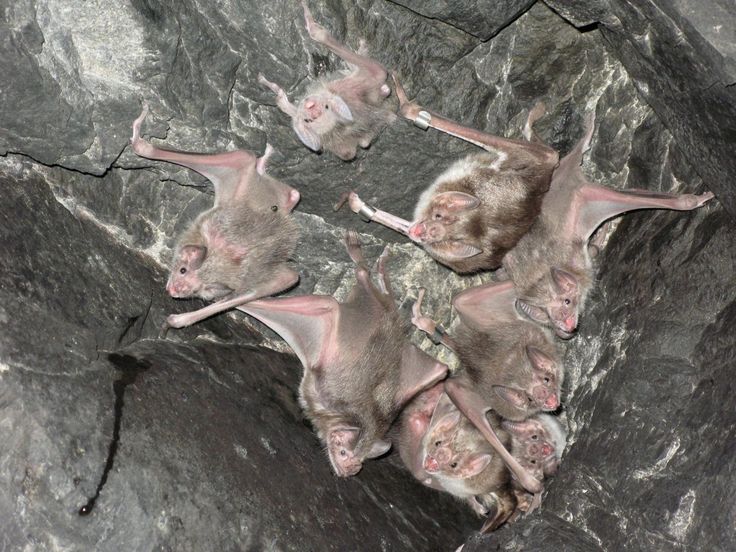
Vampire bats that swoop down after dark to bite cattle in the Peruvian Andes are helping trap farmers in poverty by infecting their animals with fatal rabies, researchers said.
Comprehensive vaccinations of livestock would stop animal deaths hitting farmers as rabies carried by the blood-drinking bats spreads into new areas, said Julio Benavides, a researcher at Scotland’s University of Glasgow.
“Livestock are considered like bank accounts. So losing even one animal keeps (farmers) under the poverty line,” said Benavides, who led a study into the effects of the disease. “For the individual farmer it’s a huge loss.”
Dog rabies has almost been eliminated in most countries, but vampire bat rabies is an emerging problem, he told the Thomson Reuters Foundation.
Some farmers in southern Peru are reportedly abandoning livestock farming due to deaths of their animals from the infectious disease, he said by phone from Santiago, Chile.
In a paper published on Thursday in the journal PLOS Neglected Tropical Diseases, Benavides and other researchers charted livestock deaths from vampire bat rabies in farming communities in Peru’s Cusco, Apurimac and Ayacucho regions where it is prevalent.
About 70 percent of farmers reported nightly attacks from vampire bats that left their cows bleeding, also raising the risk of other infections, weight loss and lower milk production.
Rabies cases were under-reported, the research showed. More than 700 cows died from rabies in 2014, costing farmers a total of about $170,000.
Each cow lost was roughly equal to a farmer’s monthly income. Healthy animals have a price tag of about $240, and are often sold to pay for school and other household expenses, the study noted.
Some 80 percent of farmers in places where vampire bat rabies is known to exist vaccinated their cows, but very few protected their animals where cases had yet to be reported.
At about $12 for an average herd of 10 cows, an annual rabies vaccine is unaffordable for some poor farmers, said Benavides. Some regions are culling vampire bats, he added.
The remoteness of some Andean farms, which can only be reached on foot, complicates the logistics of reporting cases and visits by public health officials, he said.
While 90 percent of reported rabies cases were in cattle, the hand-sized bats also bite pigs, sheep and even alpacas, but the number of reported deaths among these animals was lower, said Benavides.
Cases of humans contracting rabies from the sharp-fanged animals are rare, despite hundreds of Peruvians getting bitten each year, he added.




